Essential oils are more than just pleasant scents in tiny bottles—they pack a punch of natural goodness that can enhance your well-being in numerous ways. Extracted from plants through methods like distillation or cold pressing, these oils capture the essence and aromatic compounds of flowers, herbs, and fruits.
One of the most popular uses of essential oils is aromatherapy, where these potent extracts are inhaled or absorbed through the skin to promote relaxation, improve mood, or alleviate stress. For instance, lavender oil is celebrated for its calming properties, making it ideal for easing tension and aiding in sleep.
Beyond relaxation, essential oils boast impressive versatility. Tea tree oil, known for its antibacterial and antifungal properties, is a staple in skincare routines, helping to combat acne and soothe skin irritations. Peppermint oil, with its refreshing scent and cooling sensation, is a go-to for relieving headaches or boosting energy levels.
Each essential oil carries its own unique benefits and applications. Eucalyptus oil is prized for its ability to clear sinuses and support respiratory health, making it a winter wellness favorite. Meanwhile, lemon oil is cherished for its cleansing properties and uplifting aroma, perfect for refreshing household spaces or enhancing concentration during study sessions.
Before incorporating essential oils into your routine, it’s crucial to dilute them properly and conduct a patch test to avoid adverse reactions, especially if you have sensitive skin. Whether you’re blending them into massage oils, adding a few drops to a diffuser, or creating DIY cleaning products, these natural extracts offer a holistic approach to health and wellness.
Discovering the world of essential oils opens up a realm of possibilities for enhancing both physical and emotional well-being naturally. From stress relief to skincare solutions, these aromatic treasures continue to amaze with their wide-ranging benefits and pleasant fragrances.
Unlocking Nature’s Remedies: A Comprehensive Guide to Essential Oils and Their Healing Properties
Imagine stepping into a world where the aromatic essence of plants not only delights your senses but also holds profound healing powers. That’s the world of essential oils—a treasure trove of nature’s remedies packed into tiny, potent bottles.
What exactly are essential oils? These are highly concentrated extracts derived from plants, capturing their aromatic compounds, flavors, and therapeutic properties. They are extracted through methods like steam distillation or cold pressing, ensuring that the essence of the plant is preserved in its purest form.
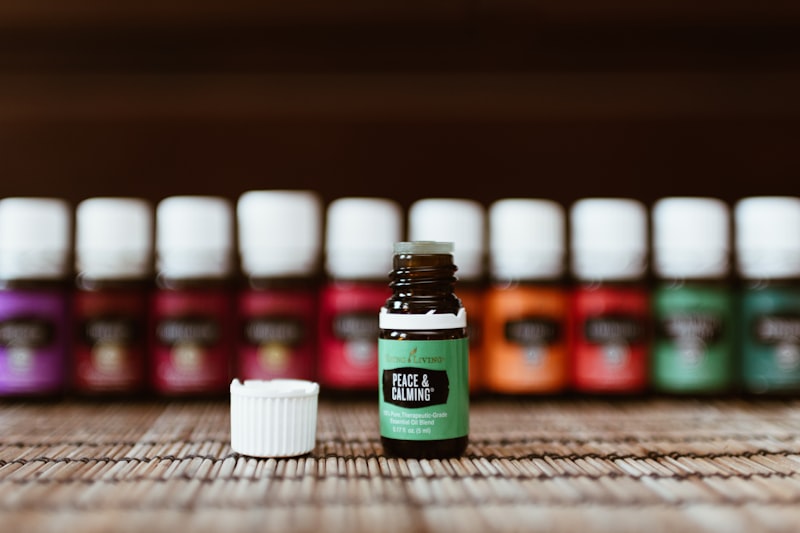
One of the most fascinating aspects of essential oils is their diverse healing properties. Take lavender, for instance. Known for its calming effects, lavender oil is a go-to for stress relief and promoting relaxation. It’s like a soothing balm for your senses after a long day.
Peppermint oil, on the other hand, is like a refreshing breeze. Its invigorating scent can boost energy levels and sharpen focus. A few drops in a diffuser can transform your workspace into a productivity hub.
Essential oils aren’t just about aromatherapy—they also offer tangible health benefits. Tea tree oil, with its antibacterial and antifungal properties, is a staple in skincare routines, tackling everything from acne to athlete’s foot. It’s like nature’s own pharmacy, neatly packaged in a small amber bottle.
For those seeking natural pain relief, eucalyptus oil stands tall. Its cooling sensation and anti-inflammatory properties make it ideal for soothing sore muscles or clearing up congested sinuses. Think of it as a breath of fresh air, quite literally.
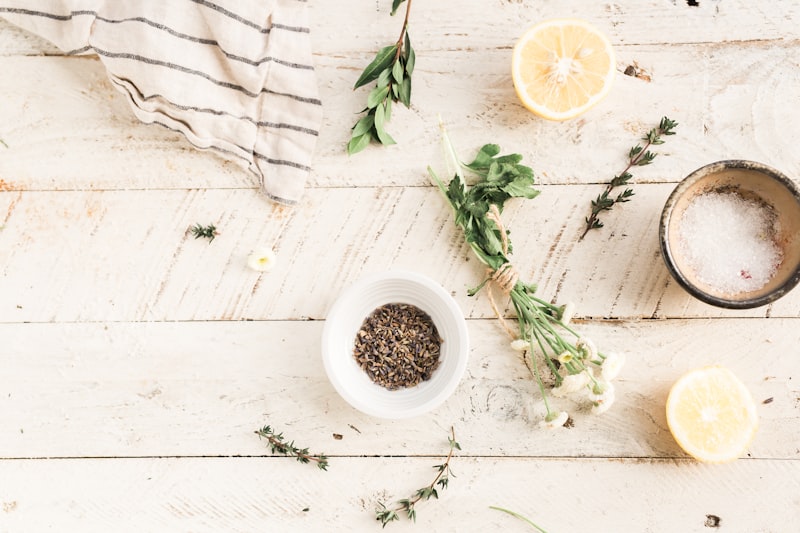
The beauty of essential oils lies in their versatility. Whether you’re looking to uplift your mood, support your immune system, or enhance your skincare regimen, there’s an oil for almost every need. Harnessing these oils effectively often involves diluting them with carrier oils like coconut or jojoba, ensuring safe application.
Essential oils represent nature’s bounty in its purest form. From lavender to peppermint, each oil offers a unique aromatic experience coupled with therapeutic benefits. Whether you’re a seasoned user or just starting your journey with essential oils, exploring their healing properties can be a transformative experience. So, why not unlock the power of nature’s remedies today?
From Lavender to Tea Tree: Exploring 10 Essential Oils for Health and Wellbeing
Lavender, the darling of aromatherapy, soothes with its calming scent. It’s a go-to for relaxation, sleep aid, and even minor skin irritations. Its versatility makes it a staple in many households.
Tea tree oil, known for its antibacterial and antifungal properties, is a powerhouse in skincare. From acne to athlete’s foot, it tackles various skin issues effectively. It’s potent yet gentle, making it a favorite in natural skincare routines.
Peppermint oil offers a refreshing coolness that invigorates the senses. It’s fantastic for easing headaches, boosting energy, and aiding digestion. A drop or two can transform your day, whether applied topically or inhaled.
Eucalyptus oil clears the sinuses and supports respiratory health. It’s a must-have during cold and flu season, offering relief from congestion. Its clean, crisp aroma is instantly recognizable and comforting.
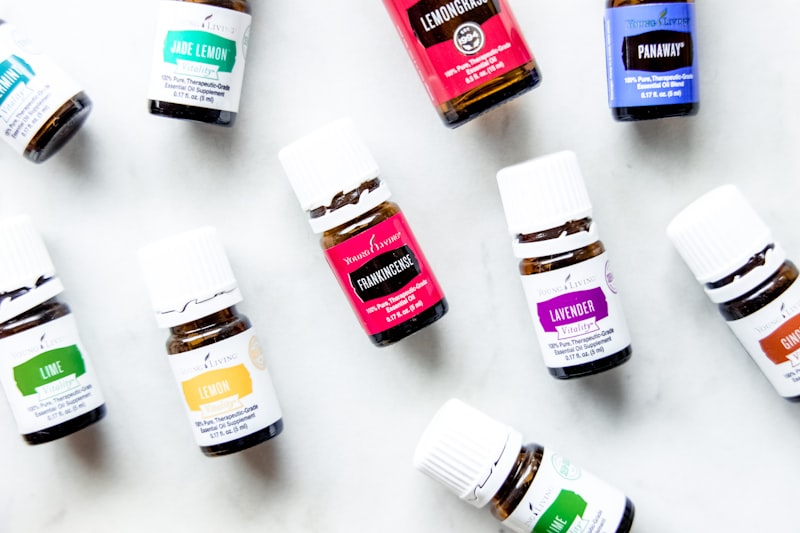
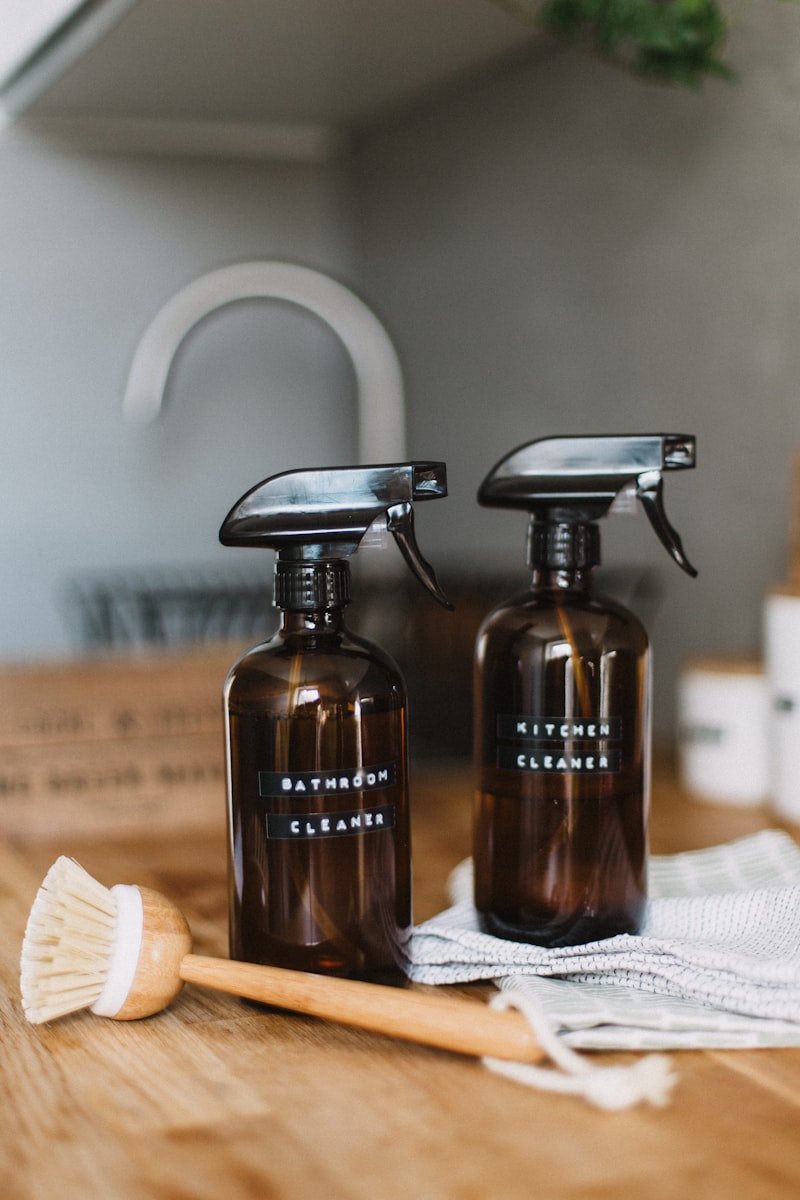
Chamomile oil, with its gentle floral notes, is excellent for promoting relaxation and soothing irritated skin. It’s a calming agent for both the mind and body, ideal for winding down after a stressful day.
Rosemary oil stimulates the mind and enhances cognitive function. It’s perfect for improving concentration and memory. A whiff of rosemary can elevate your focus during study sessions or work tasks.
Frankincense oil, with its rich history in spiritual and medicinal uses, promotes feelings of peace and relaxation. It’s a grounding oil that’s ideal for meditation and mindfulness practices.
Lemon oil uplifts with its bright and citrusy aroma. It’s a natural mood booster and cleanser, perfect for freshening up your living space. Its cheerful scent is synonymous with cleanliness and vitality.
Geranium oil balances emotions and supports skin health with its floral scent. It’s often used in skincare products for its rejuvenating properties and is cherished for its ability to uplift the spirit.
Sandalwood oil, with its woody and earthy aroma, is deeply calming and enhances mental clarity. It’s a luxurious oil that’s prized in perfumery and meditation practices alike.
Each of these essential oils brings something unique to the table, whether it’s relaxation, skincare benefits, or mental clarity. Incorporating them into your daily routine can elevate your health and wellbeing naturally.
Essential Oils Demystified: How to Use Aromatherapy for Stress Relief and More
Essential oils have long been celebrated for their therapeutic benefits, especially in the realm of stress relief and relaxation. These potent extracts from plants offer a natural way to enhance well-being and address various health concerns without synthetic ingredients. Aromatherapy, the practice of using these oils, has gained popularity not only for its soothing scents but also for its holistic healing properties.
When it comes to stress relief, essential oils can work wonders. Take lavender, for example. Its gentle, floral aroma is known to calm the mind and promote relaxation, making it ideal for easing tension after a long day. Just a few drops in a diffuser or diluted in a carrier oil for a soothing massage can help melt away stress.
Another powerhouse in aromatherapy is peppermint oil. With its invigorating scent and cooling sensation, it’s perfect for boosting energy levels and clearing mental fog. A quick whiff of peppermint oil or applying a diluted solution to temples can provide instant refreshment during stressful moments.
For those looking to unwind after a hectic day, chamomile essential oil offers a warm, comforting embrace. Its sweet, apple-like fragrance is renowned for its calming effects on the nervous system, promoting deep relaxation and improving sleep quality. Adding a few drops to a warm bath or using it in a bedtime diffuser blend can create a tranquil atmosphere conducive to restful sleep.
When using essential oils, it’s essential to dilute them properly and perform a patch test to avoid any adverse reactions, especially for individuals with sensitive skin or allergies. Additionally, quality matters. Opt for pure, therapeutic-grade oils from reputable brands to ensure efficacy and safety.
Incorporating aromatherapy into your daily routine can be as simple as diffusing your favorite blend while you work or winding down with a calming massage oil in the evening. The key is to listen to your body’s needs and experiment with different oils to discover what works best for you.
Unlock the natural benefits of essential oils and harness the power of aromatherapy to manage stress, promote relaxation, and enhance your overall well-being. Whether you’re seeking a moment of tranquility or an energy boost, these aromatic extracts offer a versatile and enjoyable way to support a balanced lifestyle.
Beginner’s Guide: Essential Oils 101 and Their Practical Applications
Welcome to the beginner’s guide to essential oils! If you’re new to the world of essential oils, you’re in for a treat. These aromatic oils are not just pleasant scents; they’re packed with powerful natural compounds that offer a wide range of benefits. Let’s dive into Essential Oils 101 and explore their practical applications.
Essential oils are concentrated extracts derived from plants, capturing their aroma and beneficial properties. Each oil has unique characteristics, making them versatile for various uses. For instance, lavender oil is renowned for its calming effects, while tea tree oil is prized for its antibacterial properties.
One of the key features of essential oils is their ease of use. They can be applied topically, inhaled, or even ingested in some cases, though always with caution and proper guidance. A few drops of peppermint oil in a diffuser can invigorate a room, while a diluted application of eucalyptus oil on the chest can ease congestion.
But it’s not just about aromatherapy; essential oils have practical applications beyond their scent. They’re used in natural skincare routines, homemade cleaning products, and even as natural remedies for common ailments. From promoting relaxation to supporting skin health, these oils offer a holistic approach to well-being.
Imagine having a tiny bottle of potent goodness that can uplift your mood, enhance your focus, or soothe your muscles after a long day. That’s the magic of essential oils—they’re nature’s little miracles bottled up for your benefit.
As you embark on your journey with essential oils, remember to choose high-quality oils and educate yourself on their safe usage. With a bit of knowledge and experimentation, you’ll discover the endless possibilities these oils have to offer in enhancing your daily life.
This article aims to provide a comprehensive yet concise introduction to essential oils, highlighting their benefits and practical applications while maintaining a conversational tone to engage the reader.
Choosing the Right Essential Oil: Your Complete Starter Kit for Aromatherapy
Exploring the world of aromatherapy can be as exciting as it is therapeutic. Essential oils, extracted from plants and known for their aromatic properties, offer a natural way to enhance well-being. But with so many options available, how do you choose the right essential oil for your needs?
Firstly, consider your purpose. Are you seeking relaxation, energy boost, or relief from headaches? Each essential oil carries unique benefits. For instance, lavender is renowned for its calming effects, perfect for winding down after a stressful day, while peppermint can invigorate your senses and aid in concentration.
Next, quality matters. Opt for oils that are pure and organic, free from additives or synthetic components. High-quality oils not only ensure effectiveness but also promote safety in usage, avoiding potential allergic reactions.
Moreover, application methods vary. Some oils are best diffused into the air using a diffuser, filling your space with delightful fragrance and therapeutic benefits. Others can be diluted and applied directly to the skin, providing targeted relief when dealing with muscle tension or skin conditions.
Consider your personal preferences too. Aromatherapy is deeply personal, so choose scents that resonate with you. Experiment with different oils to find your favorites and enjoy the journey of discovering their diverse benefits.
Exploring aromatherapy with essential oils is not just about choosing a scent—it’s about enhancing your well-being naturally and effectively. Whether you’re new to aromatherapy or looking to expand your collection, selecting the right essential oils tailored to your needs ensures a fulfilling and aromatic experience.
This article is crafted to engage readers with essential information about choosing essential oils for aromatherapy, using a conversational tone and providing practical advice in a concise format.
DIY Essential Oil Blends: Recipes for Home, Health, and Happiness
Ever wondered about the magic of DIY Essential Oil Blends? These natural concoctions aren’t just about fragrance; they’re pathways to blissful living. Mixing essential oils isn’t just a hobby; it’s a journey into wellness and joy right from your home.
Imagine crafting your blend, each drop a whisper of relaxation or energy, tailored to your needs. Whether it’s a soothing lavender mix for bedtime tranquility or a zesty citrus blend to uplift your spirits, the possibilities are as endless as your imagination.
Creating these blends is simpler than you think. Start with a base oil like jojoba or coconut—think of it as your canvas. Then, add your chosen essential oils, each one bringing its unique therapeutic benefits. Are you seeking calmness? Try lavender and chamomile. Need an energy boost? Opt for peppermint and lemon. The beauty lies in customizing blends that resonate with your body and mind.
But it’s not just about the fragrance; it’s about the benefits. Essential oils boast natural healing properties—lavender for stress relief, eucalyptus for congestion, or tea tree for skin clarity. These blends aren’t just aromas; they’re remedies packaged in tiny bottles.
Think of it as mixing a melody—each note (or oil) harmonizing to create a symphony (or blend) that speaks directly to you. It’s therapeutic artistry, where you’re both the painter and the canvas, creating scents that transform spaces and uplift moods.
So, dive into the world of DIY Essential Oil Blends. Blend, mix, and concoct your way to a home filled with the sweet scent of wellness and happiness. Because sometimes, the smallest drops can make the biggest waves in how we feel and live.
Beyond Scent: The Science Behind Essential Oils and Their Therapeutic Benefits
Essential oils have captured our senses for centuries, offering not just pleasant scents but also powerful therapeutic benefits. Delving into the realm of these aromatic wonders reveals a fascinating intersection of science and wellness. These oils, extracted from plants through meticulous processes, retain the essence and concentrated properties of their botanical origins.
The science behind essential oils lies in their complex composition of volatile compounds. These compounds, including terpenes, alcohols, esters, and more, contribute to their distinctive aromas and therapeutic effects. When inhaled or applied topically, these compounds interact with the body in various ways, influencing mood, cognition, and even physical health.
Take lavender, for example, cherished for its calming effects. Its primary component, linalool, acts as a sedative, easing anxiety and promoting relaxation. On the other hand, peppermint oil, with its high menthol content, invigorates and refreshes the mind and body. Each oil boasts a unique chemical profile, dictating its specific benefits.
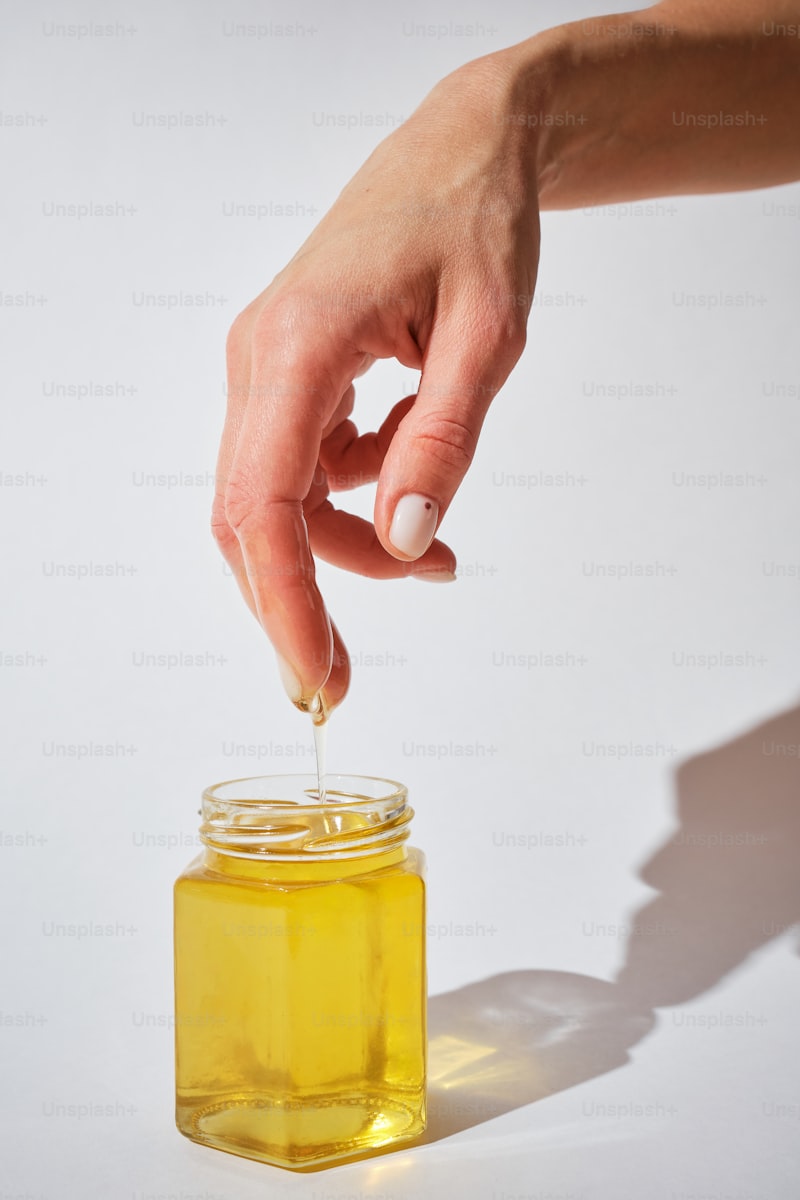
Beyond their aromatic allure, essential oils are revered for their holistic healing properties. From alleviating headaches to soothing sore muscles, these natural remedies offer a gentle yet effective alternative to conventional medicine. Their popularity in aromatherapy stems from their ability to enhance emotional well-being and support overall health.
Moreover, research continues to unveil new insights into the therapeutic potentials of essential oils. Studies highlight their antimicrobial, anti-inflammatory, and antioxidant capabilities, paving the way for their integration into mainstream healthcare practices.
In essence, essential oils embody nature’s potent gifts, encapsulating both art and science. Their therapeutic benefits transcend mere fragrance, offering profound effects on the body and mind. As we explore their diverse uses and benefits, it becomes evident why these oils remain cherished tools in holistic wellness practices worldwide.
Frequently Asked Questions
How do essential oils differ from carrier oils, and when should each be used?
Learn about the differences between essential oils and carrier oils, and when to use each. Essential oils are highly concentrated extracts from plants used for aromatherapy and therapeutic purposes, while carrier oils are neutral oils used to dilute essential oils for safe application on skin. Understanding their distinct properties helps in choosing the right oil for your needs.
What are the top essential oils for relaxation and stress relief?
Discover the top essential oils renowned for their calming and stress-relieving properties. Learn which oils can promote relaxation and reduce stress effectively.
How do you use essential oils safely at home?
Learn how to safely use essential oils at home with our concise guide. Discover best practices for dilution, application methods, and precautions to avoid adverse reactions. Ensure a pleasant and beneficial experience with essential oils in your daily routines.
Can essential oils be used for skincare, and if so, which ones are best?
Discover how essential oils can enhance your skincare routine. Learn about the best essential oils suited for skincare, their benefits, and how to safely incorporate them into your daily regimen.
What are essential oils and how are they made?
Essential oils are concentrated plant extracts prized for their aromatic and therapeutic properties. They are made through processes such as distillation or cold pressing, extracting the essence of plants like lavender or citrus. These oils are used in aromatherapy, skincare, and natural remedies.


